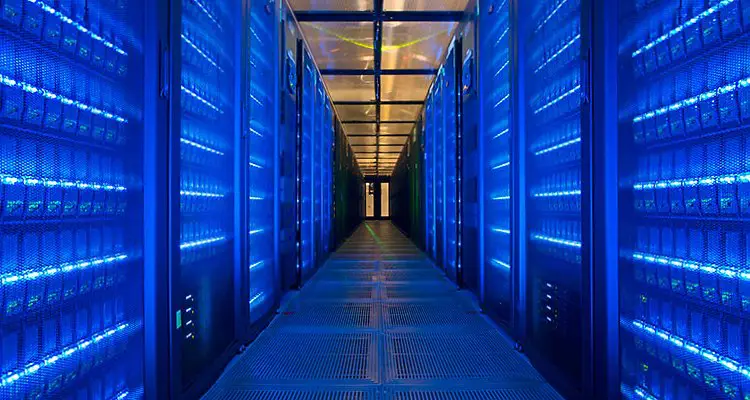
France-based company Atos signed agreement with Centre for Development of Advanced Computing (C-DAC) for designing, building and installing Bull Sequana – the supercomputer in India.
About BullSequana
- Atos will supply Bull Sequana XH200 supercomputer to India to create a network of over 70 high-performance supercomputing facilities with a cumulative computing power of more than 10 petaflops, for various academic and research institutions across India.
- BullSequana will be set up in India under the National Supercomputing Mission (NSM).
Challenges to Supercomputing in India:
- Limited funding: Limited investments and delayed release of funds have held India back. Even after launching NSM, only 10 percent of its total budget has been released at the end of three years.
- Hardware development: India’s stronghold is in software development, it has to depend on imports to procure the hardware components required for building supercomputers. Cutting edge technology in hardware components is difficult to procure as supercomputing is a niche field. Even a large part of Bull Sequana will only be assembled in India.
- Brain Drain: Large Multinational Corporations (like Google) have also entered the supercomputing field. Competing with such MNCs to retain talent for developing and maintaining supercomputers proves difficult for Government.
- Actual chip design and manufacturing is difficult to achieve (due to many factors like high initial investment needed, limited availability of rare earth metals).
- However, India has software skills and personnel base which can be effectively leveraged to propel innovation on the software components of supercomputer technology. Also, Exascale system, which is now used in supercomputers, may reach its speed barrier soon. Thus, India could focus its research on new approaches like Quantum Computing and Optical Computing.
Some facts about supercomputing in the World
- China is global leader in supercomputing with more than 225 out of top 500 supercomputers in world.
- Currently India’s fastest and 39th fastest supercomputer in the world, Pratyush is installed in Pune’s Indian Institute of Tropical Meteorology. It is used for simulating and predicting ocean and atmospheric systems.
- India has become the only country worldwide to have an Ensemble Prediction System (EPS), running weather models at a 12-km resolution due to Pratyush.
What is C-DAC ?
- C-DAC was setup in 1988 under Ministry of Electronics and Information Technology, for indigenous development of Supercomputers.
- C-DAC developed India’s first supercomputer – Param 8000.
- It was established after denial of import of Cray Supercomputer (dual use technology which could be used for nuclear weapon simulation), due to arms embargo.
About National Supercomputing Mission – National Supercomputing Mission was launched in 2015 with following objectives:
- To make India one of the world leaders in Supercomputing capability.
- To empower our scientists and researchers with state-of-the-art supercomputing facilities.
- To minimize redundancies and duplication of efforts, and optimize investments in supercomputing
- To attain global competitiveness and ensure self-reliance in supercomputing technology
- It is spearheaded by Department of S&T and Department of Electronics and IT.
Under NSM, 70 supercomputers will be installed in India. These machines will be part of the National Supercomputing grid over the National Knowledge Network, aimed at establishing a strong network for secured & reliable connectivity between institutions.

